The Fourth Industrial Revolution is upon us, and it is transforming the way we live and work. This new era is characterized by the fusion of technologies that blur the lines between the physical, digital, and biological spheres. It brings together advancements in artificial intelligence, robotics, the internet of things, big data, and more. In this comprehensive guide, we will explore the key components of the Fourth Industrial Revolution and their impact on various industries.
Understanding the key components of the Fourth Industrial Revolution
To navigate the Fourth Industrial Revolution, it is crucial to understand its key components. These components include artificial intelligence (AI), the internet of things (IoT), big data and analytics, robotics and automation, cybersecurity, blockchain technology, and cloud computing. Each of these components plays a significant role in reshaping industries and transforming the way we work and live.
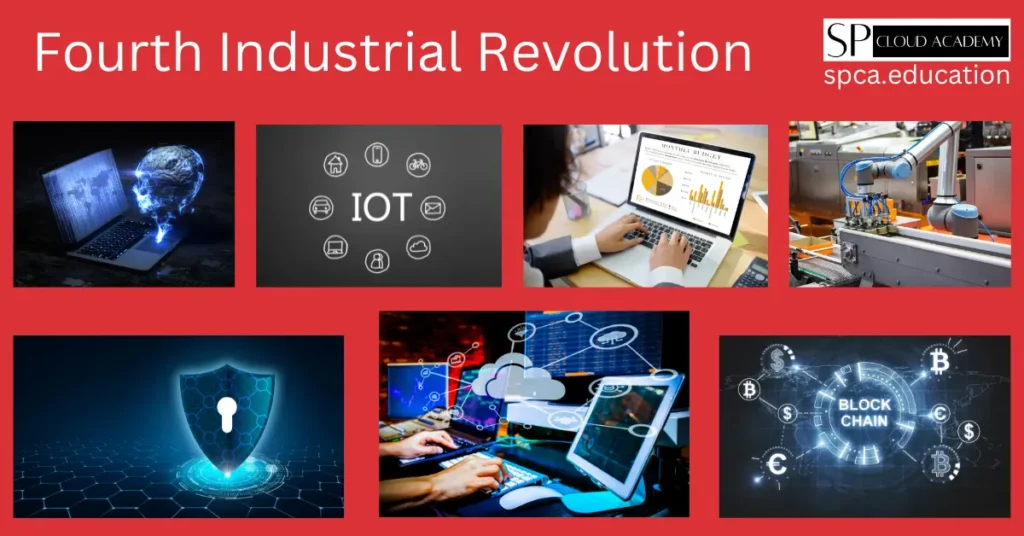
“The Fourth Industrial Revolution is not just about technology—it is an opportunity to help everyone, including leaders, policy-makers, and people from all income groups and nations, to harness converging technologies in order to create an inclusive, human-centered future.”
– Klaus Schwab
Artificial Intelligence (AI) and its role in the Fourth Industrial Revolution
Artificial intelligence is at the forefront of the Fourth Industrial Revolution. AI refers to the development of computer systems that can perform tasks that typically require human intelligence. It encompasses machine learning, natural language processing, computer vision, and more. AI has the potential to revolutionize industries by increasing efficiency, automating processes, and enabling new capabilities. From virtual assistants to autonomous vehicles, AI is already making its mark on various sectors.
Internet of Things (IoT) and its impact on industries
The internet of things is another critical component of the Fourth Industrial Revolution. IoT refers to the network of interconnected devices that can collect and exchange data. These devices include sensors, wearables, appliances, and more. By connecting physical objects to the internet, IoT enables real-time data collection and analysis. This data can be used to optimize processes, improve decision-making, and enhance customer experiences. Industries such as manufacturing, healthcare, and transportation are leveraging the power of IoT to drive innovation and efficiency.
Big Data and Analytics: Harnessing the power of data
Big data and analytics are transforming industries by harnessing the power of data. In the Fourth Industrial Revolution, we generate vast amounts of data every second. This data, when analyzed effectively, can provide valuable insights and drive informed decision-making. Big data refers to the volume, velocity, and variety of data, while analytics involves extracting meaningful information from this data. By leveraging big data and analytics, businesses can identify patterns, predict trends, and optimize processes for improved outcomes.
Robotics and Automation: Transforming industries and the workforce
Robotics and automation are reshaping industries and the workforce in the Fourth Industrial Revolution. Robots and automated systems are increasingly being used to perform tasks that were traditionally carried out by humans. These technologies improve efficiency, reduce errors, and enhance safety. From manufacturing and logistics to healthcare and agriculture, robots and automation are revolutionizing industries. However, this transformation also raises questions about the impact on employment and the need for upskilling and reskilling the workforce.
Cybersecurity in the Fourth Industrial Revolution
With the increased reliance on technology in the Fourth Industrial Revolution, cybersecurity becomes a critical concern. As more devices and systems are connected, the risk of cyber threats and attacks also increases. Protecting data and ensuring the integrity of systems is paramount. Organizations must invest in robust cybersecurity measures to safeguard sensitive information and maintain trust with customers. This includes implementing encryption, multi-factor authentication, and regular security audits.
Blockchain Technology and its potential applications
Blockchain technology is a revolutionary innovation that has the potential to disrupt many industries. It is a decentralized and transparent digital ledger that records transactions in a secure and immutable manner. Blockchain has applications beyond cryptocurrencies, such as supply chain management, healthcare records, and smart contracts. By enabling trust, transparency, and traceability, blockchain technology can revolutionize industries, reduce fraud, and streamline processes.
The role of Cloud Computing in the Fourth Industrial Revolution
Cloud computing plays a crucial role in the Fourth Industrial Revolution. It provides on-demand access to a shared pool of computing resources, such as storage, processing power, and software applications. Cloud computing enables scalability, flexibility, and cost-effectiveness for businesses. It allows organizations to leverage advanced technologies without significant upfront investments. From data storage and analysis to AI and IoT applications, cloud computing is the backbone of the Fourth Industrial Revolution.
Implications of the Fourth Industrial Revolution on the job market
The Fourth Industrial Revolution brings about significant implications for the job market. While it creates new opportunities and jobs, it also disrupts traditional roles and tasks. Automation and AI technologies have the potential to replace certain jobs, leading to concerns about unemployment and inequality. However, the Fourth Industrial Revolution also creates a demand for new skills and expertise. It is crucial for individuals and organizations to adapt and embrace lifelong learning to thrive in this changing landscape.
How businesses can adapt to the Fourth Industrial Revolution
To adapt to the Fourth Industrial Revolution, businesses must embrace innovation and agility. They need to foster a culture of continuous learning and experimentation. This involves investing in technology, upskilling employees, and embracing new business models. Collaboration and partnerships are also crucial in navigating this transformation. By embracing change and leveraging the capabilities of the Fourth Industrial Revolution, businesses can gain a competitive edge and drive growth.
Key challenges and risks associated with the Fourth Industrial Revolution
While the Fourth Industrial Revolution brings about numerous opportunities, it also poses challenges and risks. These include concerns about privacy and data security, ethical implications of AI, job displacement, and the digital divide. As technology advances, it is crucial to address these challenges and ensure that the benefits of the Fourth Industrial Revolution are accessible to all. Governments, businesses, and individuals must work together to find solutions and mitigate risks.
Conclusion: Embracing the opportunities of the Fourth Industrial Revolution
The Fourth Industrial Revolution is a transformative era that brings about new possibilities and challenges. By understanding the key components and their implications, we can navigate this revolution with confidence. Embracing innovation, investing in technology, and fostering collaboration will enable businesses and individuals to thrive in this changing landscape. Let us embrace the opportunities of the Fourth Industrial Revolution and shape a future that is inclusive, sustainable, and prosperous.
See Also
-
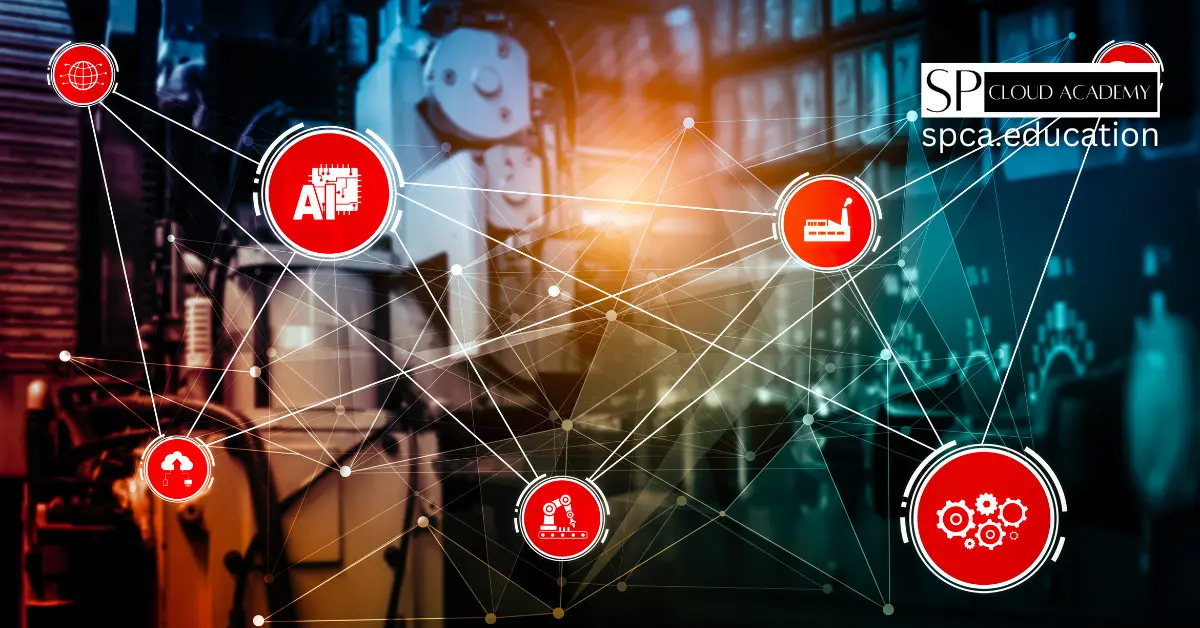
The Definitive Guide to Navigating the Fourth Industrial Revolution: Key Components Explained
-
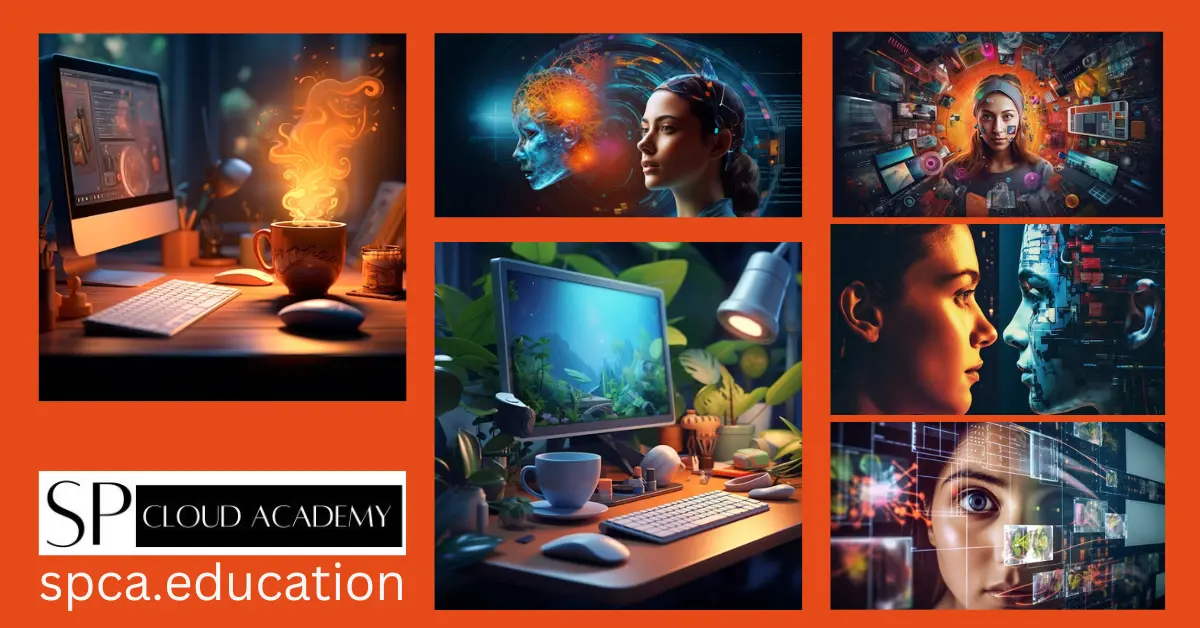
Revolutionizing Visual Content Creation: The Top AI Image Generators You Need to Know
-
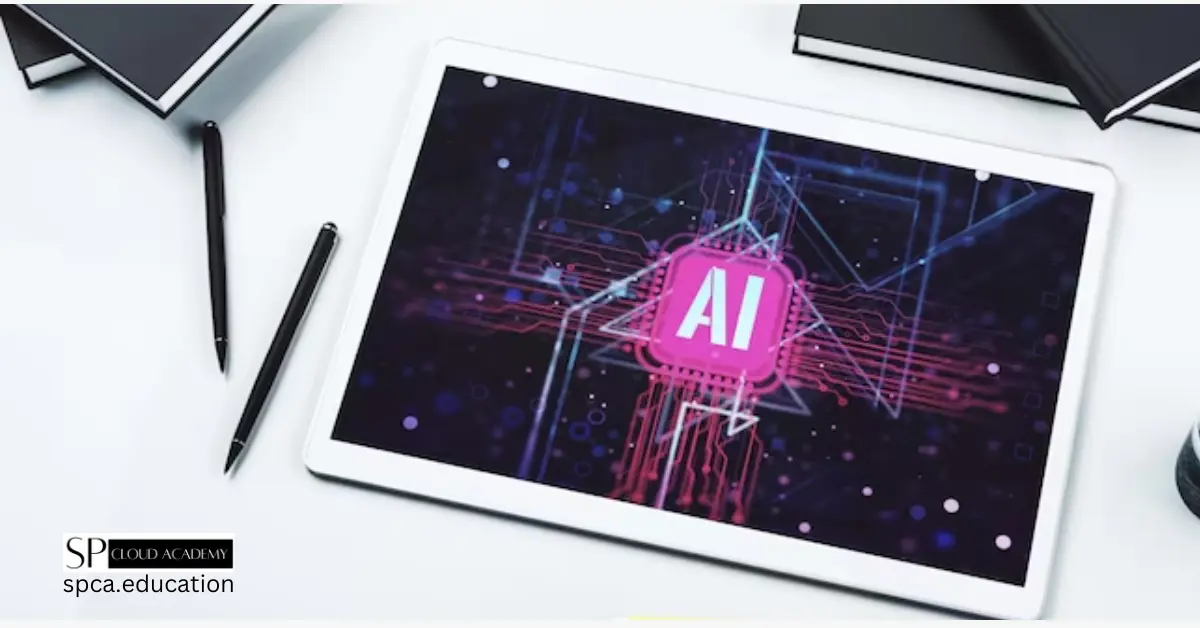
Learning Materials Development With AI
-
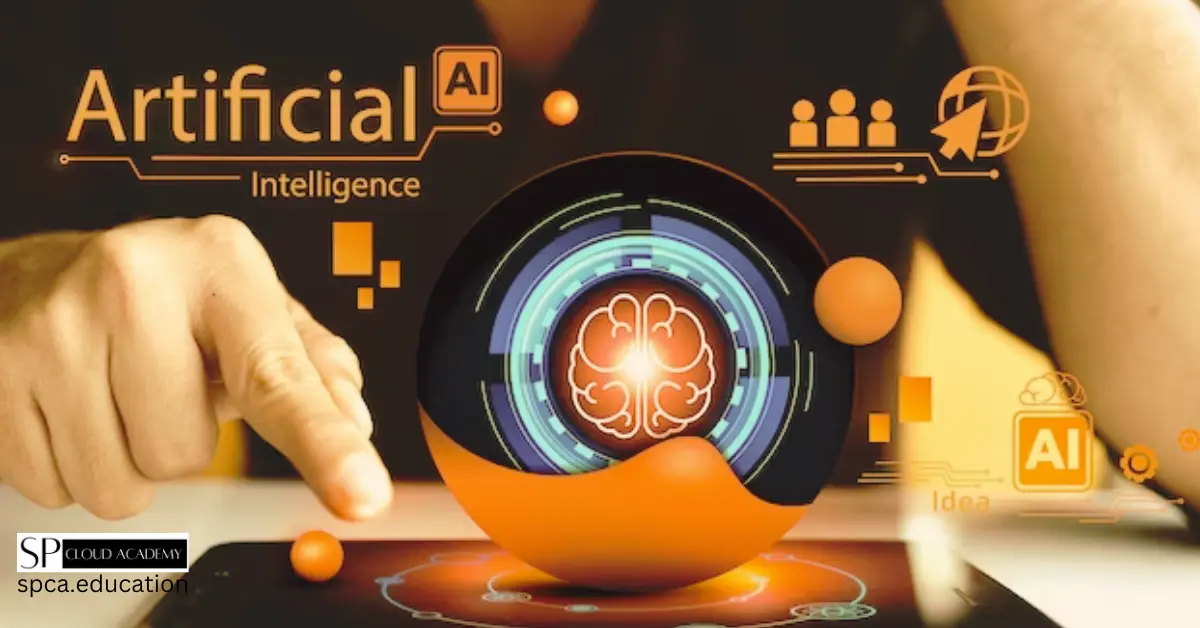
AI Revolution in 2024
-
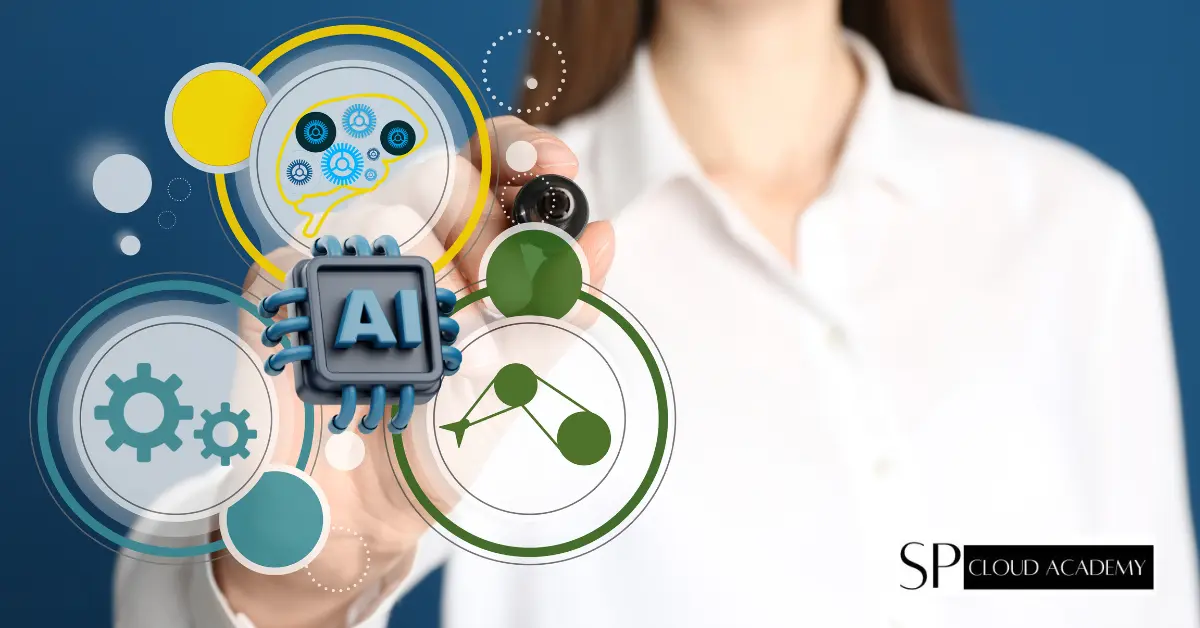
Personalized Learning with AI: Revolutionizing Education
-
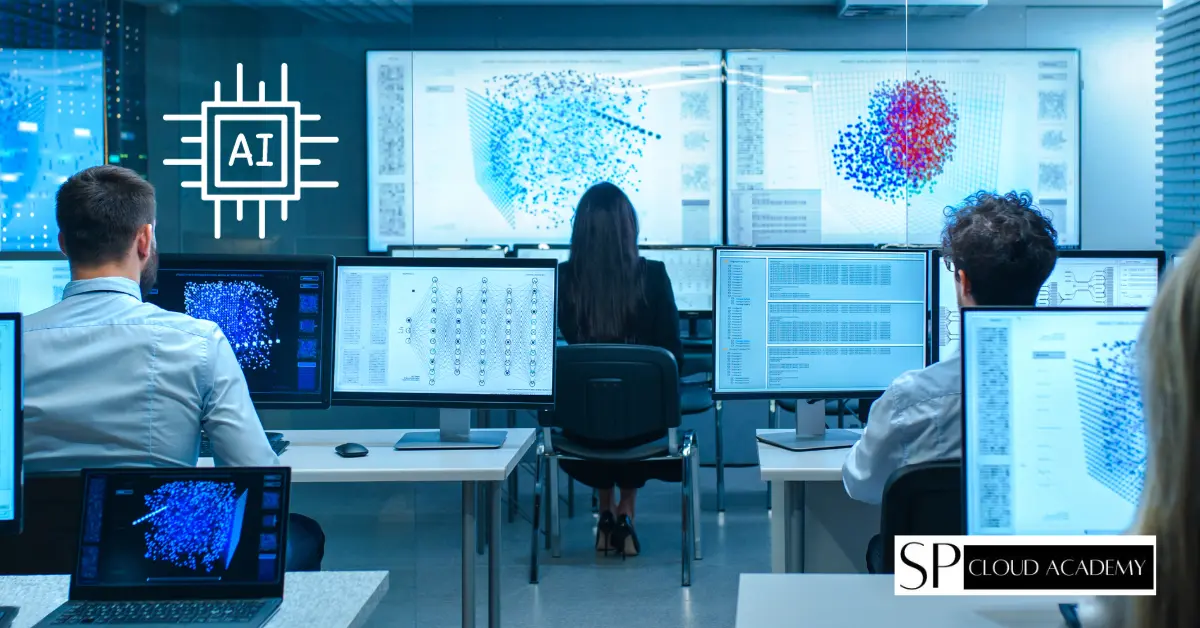
Revolutionizing Engineering Education: The Impact of AI in the Classroom